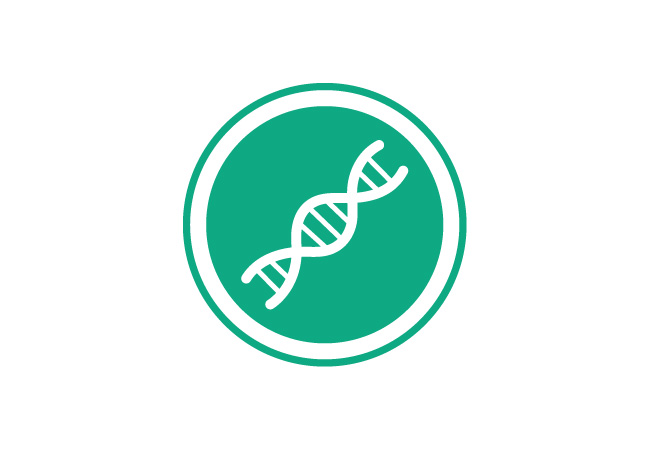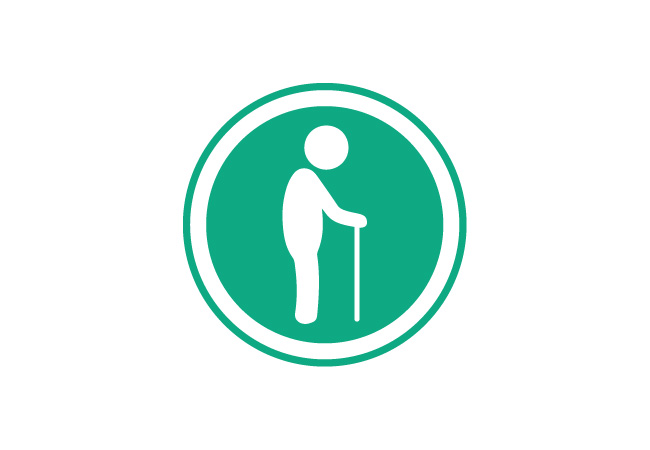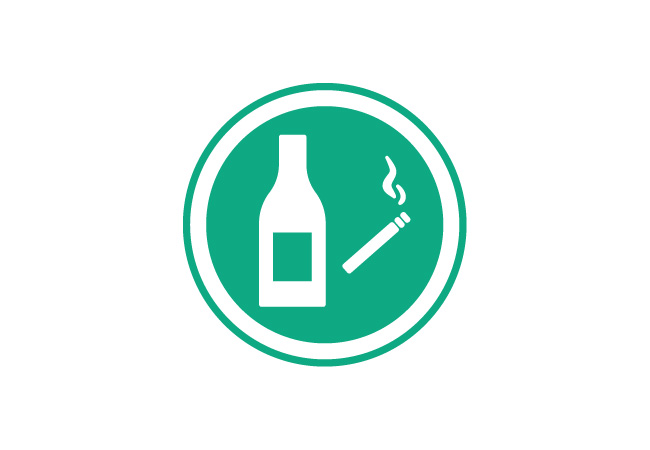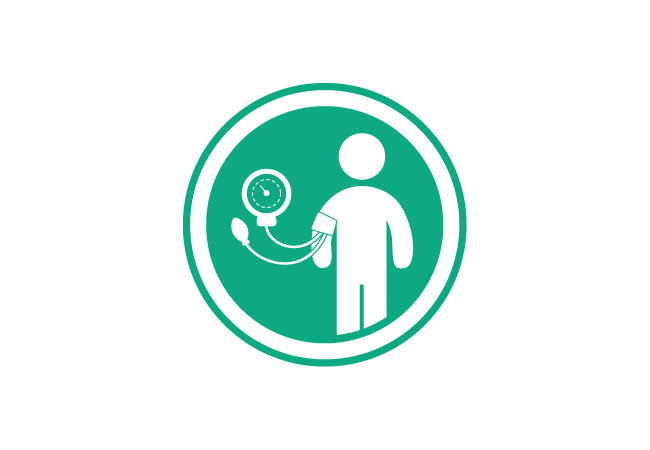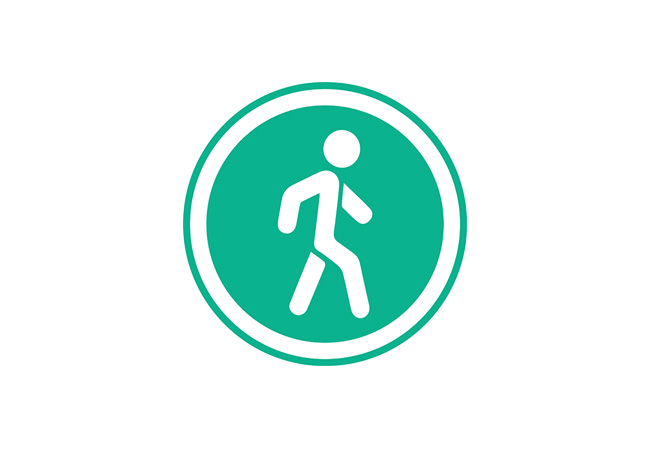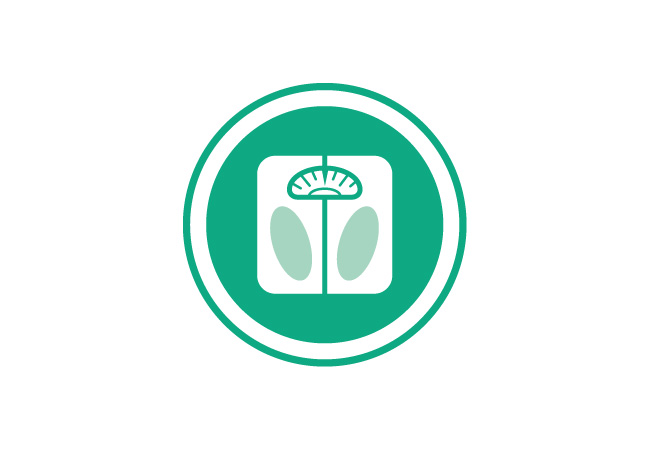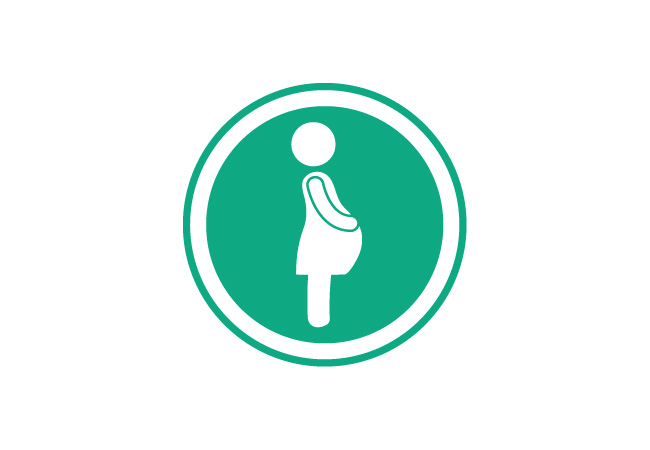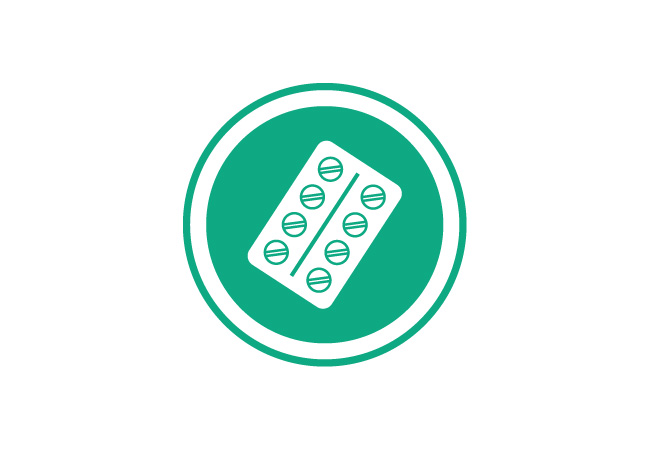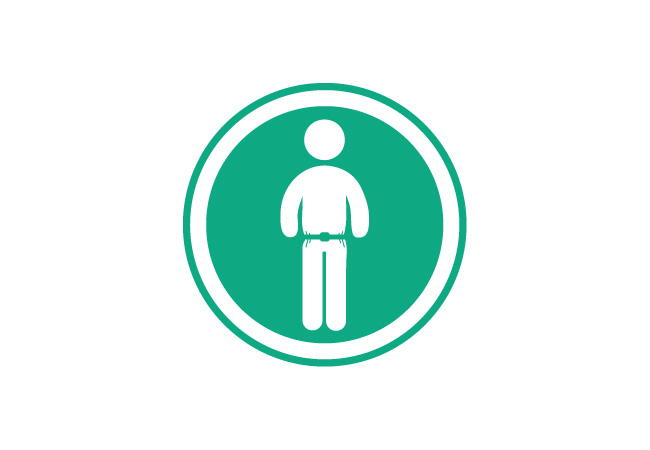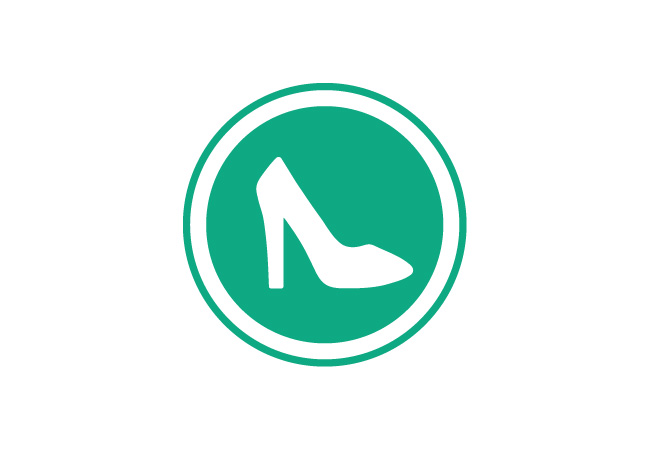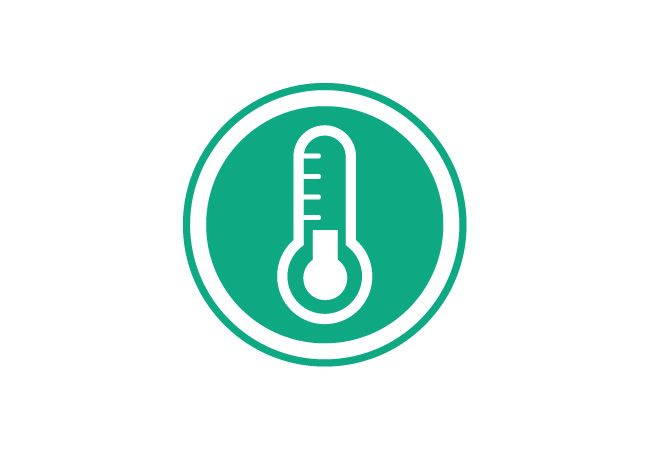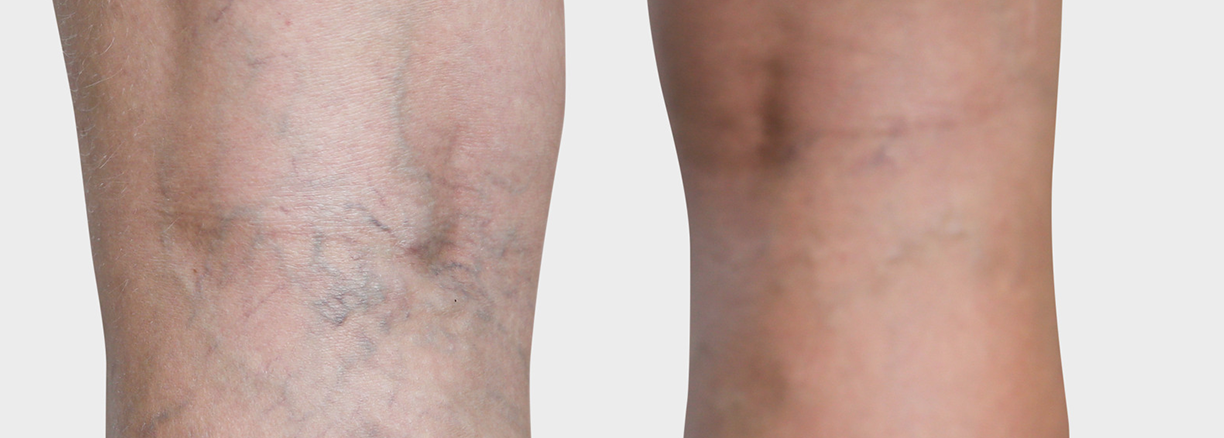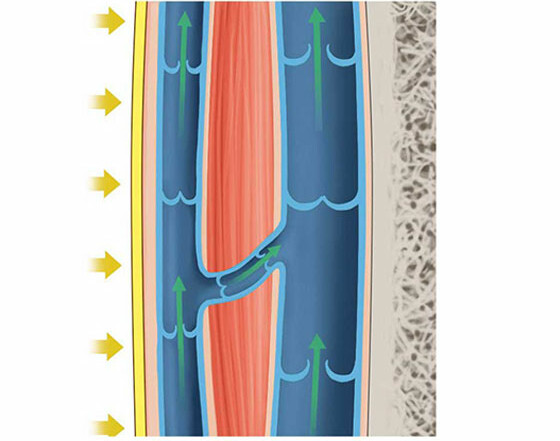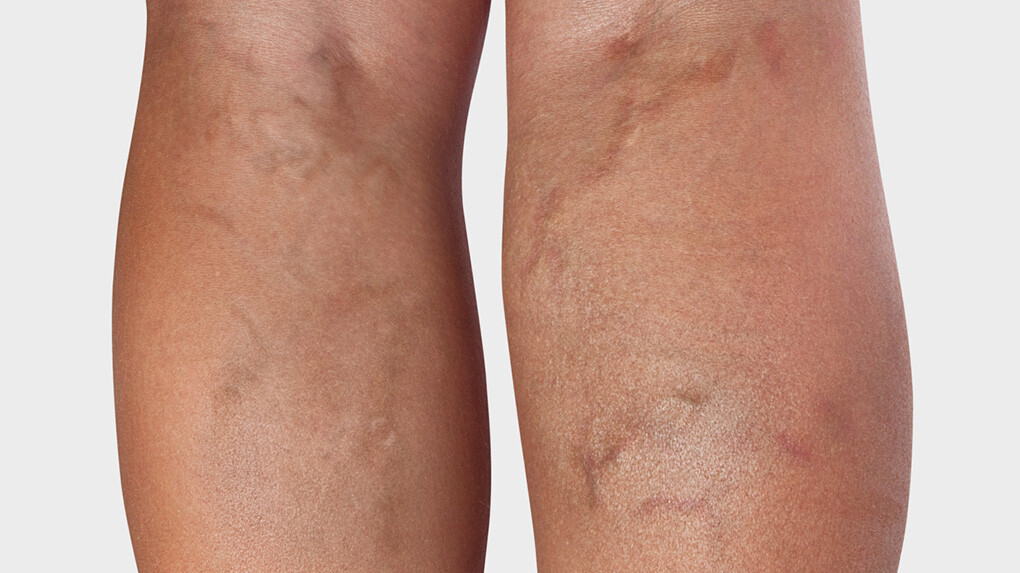Sclerotherapy
Sclerotherapy is suitable for all types of spider veins, including extensive and deeper veins. Using a very fine needle, a liquid sclerotisation agent (polidocanol) is injected directly into the damaged vessel. This damages the interior venous wall which reacts with an inflammatory process, causing the vein to stick together and seal. The spider vein is turned into a strand of connective tissue over time, which is known as sclerosis. After that, the new tissue is broken down. Treatment success is therefore only fully visible after a few weeks. This treatment usually takes a few minutes and is almost completely painless. The body will break down the sclerotisation agent within 48 hours and excrete it. Side effects include temporary brown colouring or re-development of small vessels in the treated varicose veins, but these are rare. Consistent compression therapy for up to four weeks after the procedure can optimise the outcome. Several treatment sessions are usually required in order for the spider veins to disappear completely. The amount of sclerotisation agent used during each session is restricted for medical reasons.
Please note: Sclerosing micro foam is only used for the treatment of larger varicose veins.

